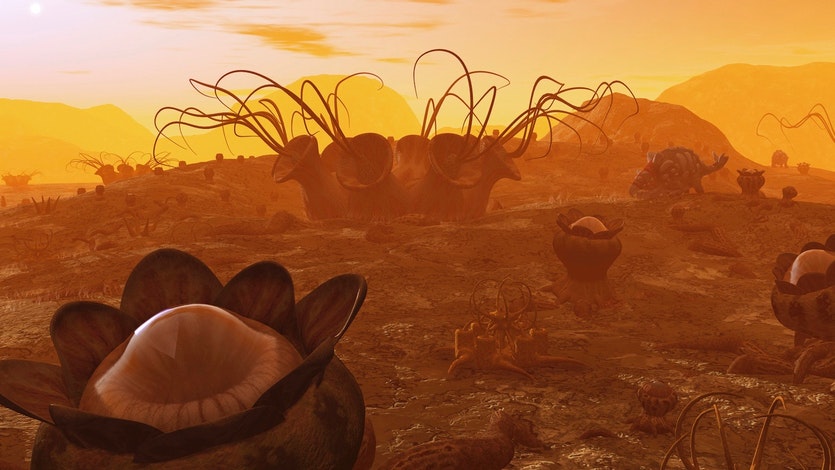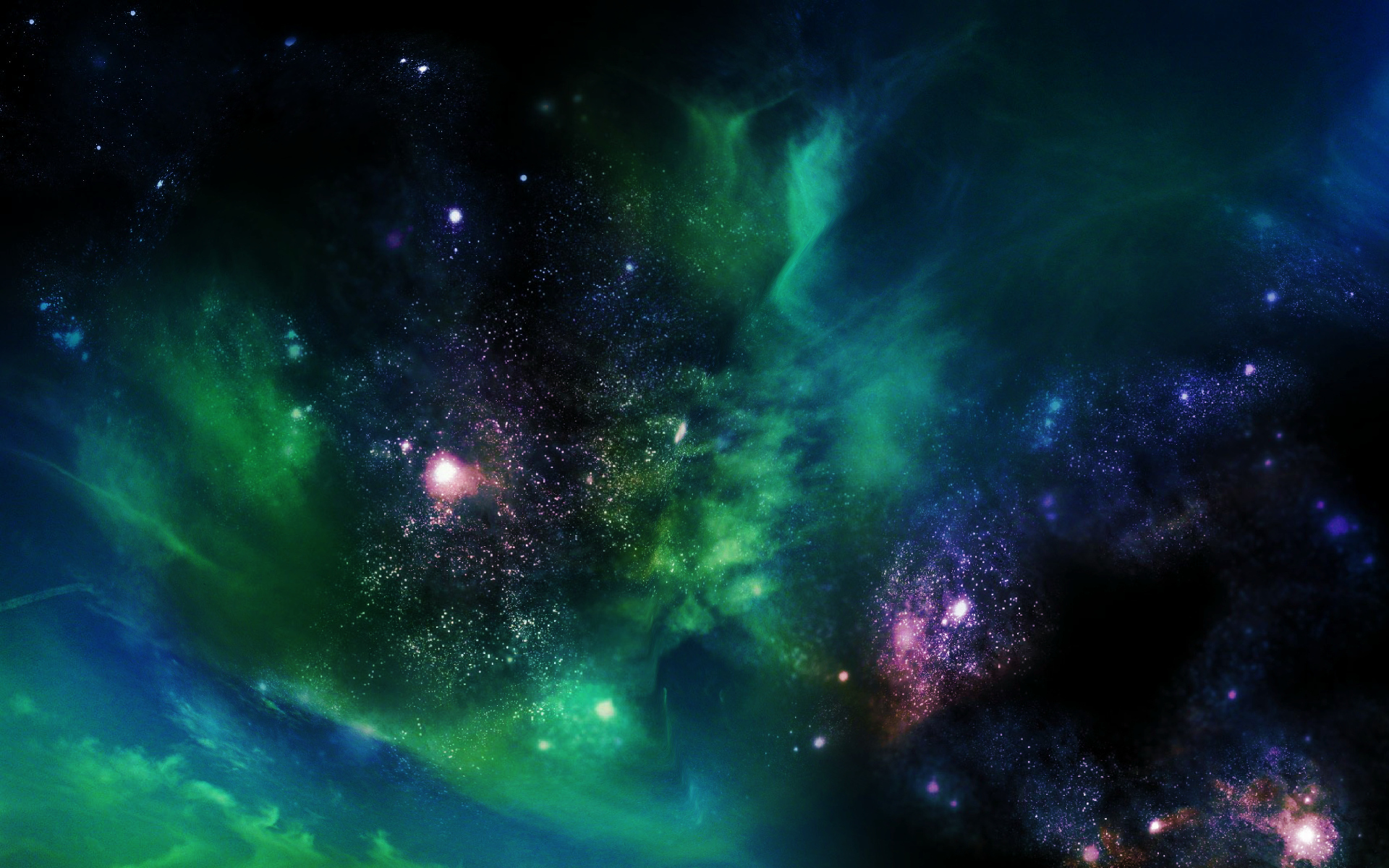
The researchers have identified a new class of habitable planets, dubbed 'Hycean' planets - hot, ocean-covered planets with hydrogen-rich atmospheres - which are more numerous and observable than Earth-like planets.

As it turns out, organic material, liquid water, sunlight and a large moon might not be enough to ensure an exoplanet’s habitability. It also may depend on whether enough radioactive elements are present in the planet’s core.

An Earth-like world is one that’s rocky and that orbits a Sun-like, or G-Type, star. The Milky Way has 400 billion stars, with 7 % of them being G-type, meaning that less than six billion stars may have Earth-like planets in our Galaxy.

A new study argues that our best chances of using atmospheres to find evidence of life is to broaden our search from focusing on planets like our own to include those with a hydrogen atmosphere.

A reanalysis of data from NASA's Kepler space telescope has revealed an Earth-size exoplanet orbiting in its star's habitable zone, the area around a star where a rocky planet could support liquid water.

US astronomy student Michelle Kunimoto has discovered 17 new planets, including a potentially habitable, Earth-sized world, by combing through data gathered by NASA.

We get excited when we detect water on another world, which so far hasn’t happened often. But this study shows that the presence of water, though tantalizing and worth pursuing scientifically, guarantees nothing.

Accounting for the buildup of toxic gases predicted to occur in the atmospheres of most planets narrows the habitable zone for complex life by half and, in some cases, rules it out altogether, the study concludes.

Hopes for finding life on four rocky exoplanets relatively close to Earth have been boosted by new modelling that shows biological systems could survive the intense and prolonged bursts of X-ray and UV radiation.

A research into how life evolved on Earth has shown that water alone does not guarantee life – nor does the presence of oxygen gas. And that two other major biosignatures, carbon dioxide and carbon monoxide could be needed.

Barnard b or GJ 699 b – might have microbes or other simple life in its environment as long as there is a lot of thermal activity within the planet itself. This would theoretically provide enough energy for life to survive.

A new NASA-led study shows that Proxima b could support the existence of an ocean on its dayside, which means it could still be habitable.

Of the thousands of known exoplanets, Kepler-452b has the most ideal combination of UV light exposure and conditions for liquid water.

Scientists have shown that water is likely to be a major component of those exoplanets which are between two to four times the size of Earth. It will have implications for the search of life in our Galaxy.

Scientists have been hard at work trying to determine the densities of the TRAPPIST-1 planets, and it looks like water is abundant in the TRAPPIST system.